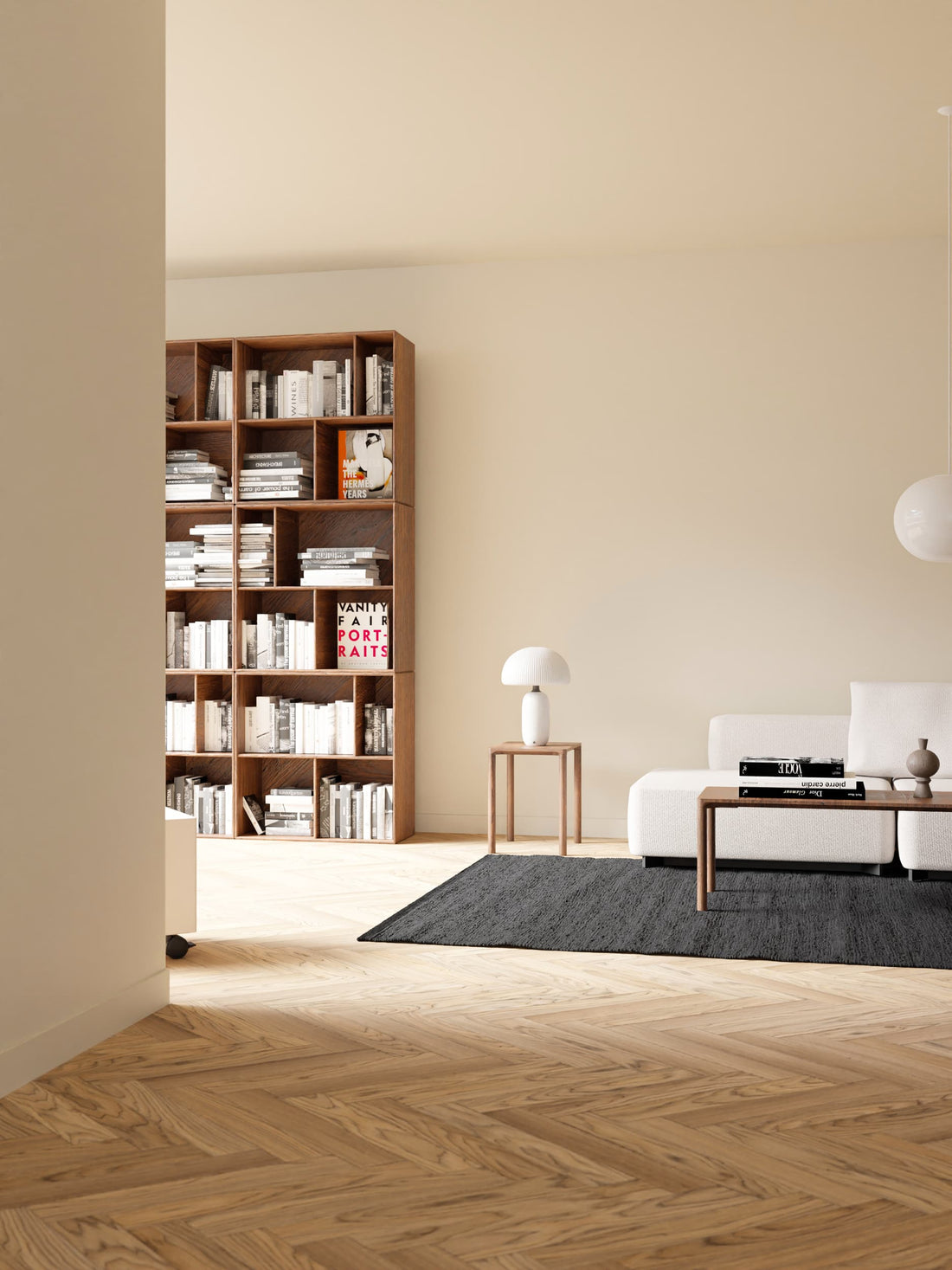Interior design is the art and science of enhancing the interior of a space to achieve a healthier and more aesthetically pleasing environment. It's a fun, creative way to transform your home into the oasis you've always wanted.
Let's dive into the basics of interior design and how you can get started on your journey to a beautiful home.
The Foundation of Interior Design
First, it's important to understand the basic principles of interior design. These include balance, harmony, proportion, contrast, rhythm, and emphasis. Don't worry if these sound like intimidating terms! Understanding these principles will help you make design decisions that create a cohesive, visually appealing space. For example, using contrasting colors or textures can add interest and depth to a room. Similarly, emphasizing a focal point such as a fireplace or piece of art can draw the eye and create a sense of balance in a room.
Designing a Space that Reflects You
Once you have a handle on the principles of interior design, it's time to start planning your space. The first step is to determine your personal style. Do you prefer modern or traditional design? Are you drawn to bright, bold colors or muted neutrals? Identifying your personal style will help guide your design choices and ensure that your space feels like a reflection of you.
Creating a Functional and Comfortable Space
Next, consider the purpose of the room. Is it a space for relaxation, like a bedroom or living room? Or is it a high-traffic area, like a kitchen or entryway? The purpose of the room will help you determine the layout, furniture, and decor needed to make the space functional and comfortable.
Mixing and Matching for Visual Interest
When it comes to furniture, don't be afraid to mix and match! A room full of identical pieces can feel flat and uninspired. Instead, try incorporating furniture with different textures, colors, and materials to create visual interest. Similarly, don't be afraid to experiment with decor. Artwork, throw pillows, and rugs can all be used to add pops of color and personality to a space.
The Importance of Illumination
Finally, don't forget about lighting! Good lighting can make or break a room. Make sure to incorporate a mix of overhead lighting, task lighting, and accent lighting to create a warm, welcoming environment.
Conclusion
In conclusion, interior design is a fun and rewarding way to transform your home into a space you love. By understanding the principles of design, identifying your personal style, and considering the purpose of the room, you can create a space that is both functional and beautiful. Don't be afraid to mix and match furniture and decor, and make sure to incorporate good lighting to bring the space to life. With these basics under your belt, you're well on your way to becoming an interior design pro!


